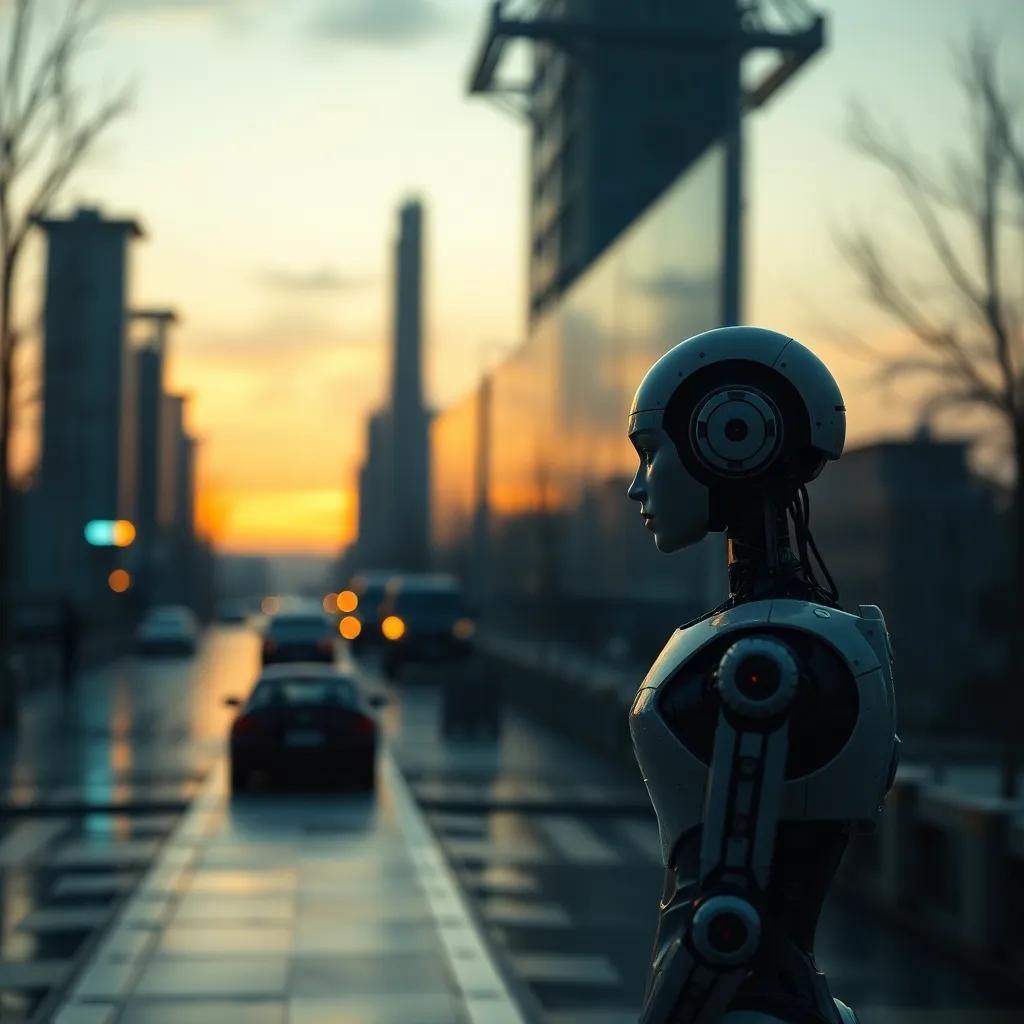Table of Contents
Futuristic Economic Shift

Have you ever imagined a world where robots and AI systems outsmart traditional economic strategies? According to recent studies, AI could contribute around $15.7 trillion to the global economy by 2030. This staggering potential transforms not only businesses but also everyday life for millions. In this article, we will explore three core aspects of AI and robotics in the global economy: automation of jobs and tasks, innovative business models, and their impact on skill demand.
Automation Revolution
Automation is the name of the game as AI and robotics take over repetitive tasks. This transformation boosts efficiency and reduces errors, allowing companies to save time and resources.Consider these points:
- Increased Productivity: Automation can increase productivity by up to 40% in specific sectors, such as manufacturing.
- Cost Reduction: Businesses can cut labor costs by automating processes, making products cheaper.
- Quality Control: robots offer precise manufacturing that enhances product quality and consistency.
- Speed Enhancement: Tasks that would take hours can be completed in minutes with AI systems.
The shift toward automation not only streamlines operations but also leads to significant cost savings for businesses. This efficiency enables companies to reinvest profits into innovation and growth.
Innovative Business Models
As technology evolves, so do the ways businesses operate. Companies are leveraging AI to create innovative business models that address customer needs more effectively. For example:
- Subscription Services: AI algorithms analyze user behavior to tailor subscription offerings, increasing customer retention.
- On-Demand Services: Businesses use algorithms to predict demand, optimizing logistics and reducing waste.
- Personalization: AI enhances customer experience through personalized recommendations and services, fostering loyalty.
These novel models allow businesses to adapt quickly and meet changing consumer expectations while generating new revenue streams. Moreover, companies focusing on innovation not only thrive but also set trends that reshape entire industries.
Changing Demand for Skills
as AI and robotics become integral to business, the skillset required in the workforce is evolving.A notable gap emerges between job availability and the necessary expertise:
- Technical Skills: There is an increased demand for employees skilled in AI programming,data analysis,and robotics maintenance.
- Soft Skills: Communication and creative problem-solving are more valued than ever, as machines lack human empathy and innovation.
- Lifelong Learning: Continuous education is essential as workers adapt to new technologies, ensuring they remain relevant in an evolving job market.
the shift in skill demand leads to both opportunities and challenges. While some jobs may become obsolete, others will emerge, creating a landscape where adaptability is key.
Economic Transformation Ahead
As AI and robotics continue to reshape the lay of the land, their effects ripple across the global economy. Companies are re-imagining productivity, innovation, and workforce needs, leading to a dynamic future. The most crucial lesson here is that embracing these technologies will define economic success.
Explore how AI and robotics are not just tools but transformative forces in shaping the future economy. What innovations might we witness next?




